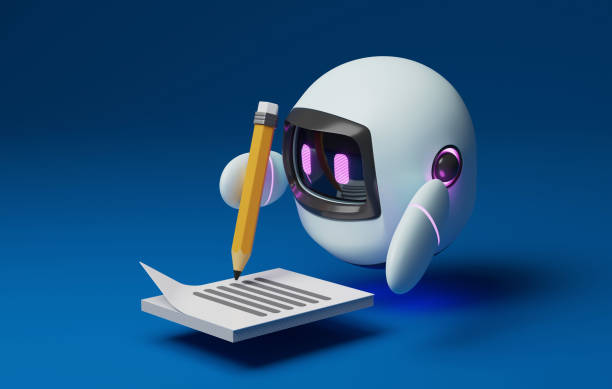[acf field=”quick_answer” class=”custom-box” id=”tech-shift-quick-answer”]
The world of 3D modeling has been revolutionized with the advent of AI-powered tools. These tools, driven by advanced algorithms, have made it possible for designers, artists, and developers to create and visualize 3D models with unprecedented ease and efficiency. This article delves into some of the most notable AI-driven 3D modeling tools and their capabilities.
[acf field=”key_takeaways” class=”custom-box” id=”tech-shift-key-takeaways”]
Is there a 3D AI generator?
The AI 3D Model Generator from Fotor stands out as an exceptional tool tailored for product designers. It empowers them to rapidly produce 3D models of items, ranging from vehicles to furniture. This tool not only accelerates the design process but also aids designers in iterating and perfecting their prototypes with greater precision.
Transforming 2D to 3D with AI
For those wondering how to convert a 2D image into a 3D model, AI Alpha3D is the answer. This tool boasts a straightforward interface, allowing users to transform 2D pictures or textual prompts into 3D digital assets seamlessly. The process is as simple as uploading a 2D image of any real-world object. Within moments, Alpha3D takes over, delivering a comprehensive 3D asset for the user.
Pioneering 3D Model Creation
Spline AI is at the forefront of 3D generation, offering a revolutionary AI-driven text-to-3D model generator. This state-of-the-art tool is challenging traditional 3D modeling norms. With the mere use of text prompts, it crafts realistic 3D models and animations, showcasing the potential of AI in the realm of 3D design.
AI and 3D Printing
Neuralangelo, an initiative by NVIDIA, is setting new standards in 3D modeling. This system leverages AI to convert 2D videos into intricate 3D structures. Such a breakthrough is pivotal for creators and developers, broadening the horizons for 3D modeling and printing.
AI’s Role in 3D Modeling
While AI has introduced several streamlined processes in 3D modeling, it’s essential to note that it’s unlikely to replace 3D artists, architects, or designers. Like photography, which once stirred the art world, AI requires a human touch to yield genuinely captivating and purposeful results.
Automating the 3D Modeling Process
The manual data entry process in 3D modeling can sometimes lead to data loss, translation mistakes, and other human errors. To counter these challenges and optimize resources, software applications have been developed to automate 3D Modeling. These tools minimize the need for repetitive data entry, enhancing efficiency and accuracy.
FAQ
What are the primary advantages of using AI for 3D modeling?
AI-driven tools often provide faster results, reduce human errors, and allow for more intricate designs without intensive manual labor.
Do AI-powered 3D modeling tools require extensive training to use?
While some tools may have a learning curve, many, like AI Alpha3D, are designed with user-friendly interfaces to ensure ease of use.
How do traditional 3D modelers view AI’s role in their field?
While some may view AI as a tool that can complement their work, others might see it as competition. It’s widely accepted, though, that AI can’t fully replace the human touch in design.
Is the quality of 3D models generated by AI comparable to those crafted manually?
AI-generated models can be of high quality, but the nuances, creativity, and intricacies of a human-crafted model often stand out.
Are there any limitations to AI in 3D modeling?
AI tools are only as good as the data they’re trained on. They might struggle with tasks that haven’t been explicitly trained for or require a deep understanding of context.
Conclusion
The integration of AI in 3D modeling has ushered in an era of enhanced efficiency, precision, and innovation. While these tools offer promising capabilities, the essence of human creativity remains irreplaceable. Embracing the blend of technology and human touch will undeniably lead the way forward in the realm of 3D design and modeling.

Maika Ednaya
Maika Endaya is a writer for techshift.net and has expertise in information system analysis, technical writing and creating how to guides. She has a diverse work background and is very passionate about her craft. She enjoys learning and gaining knowledge that she can use to engage and inform people through writing. Maika can be contacted via https://linkedin.com/in/maika-endaya-152914277
